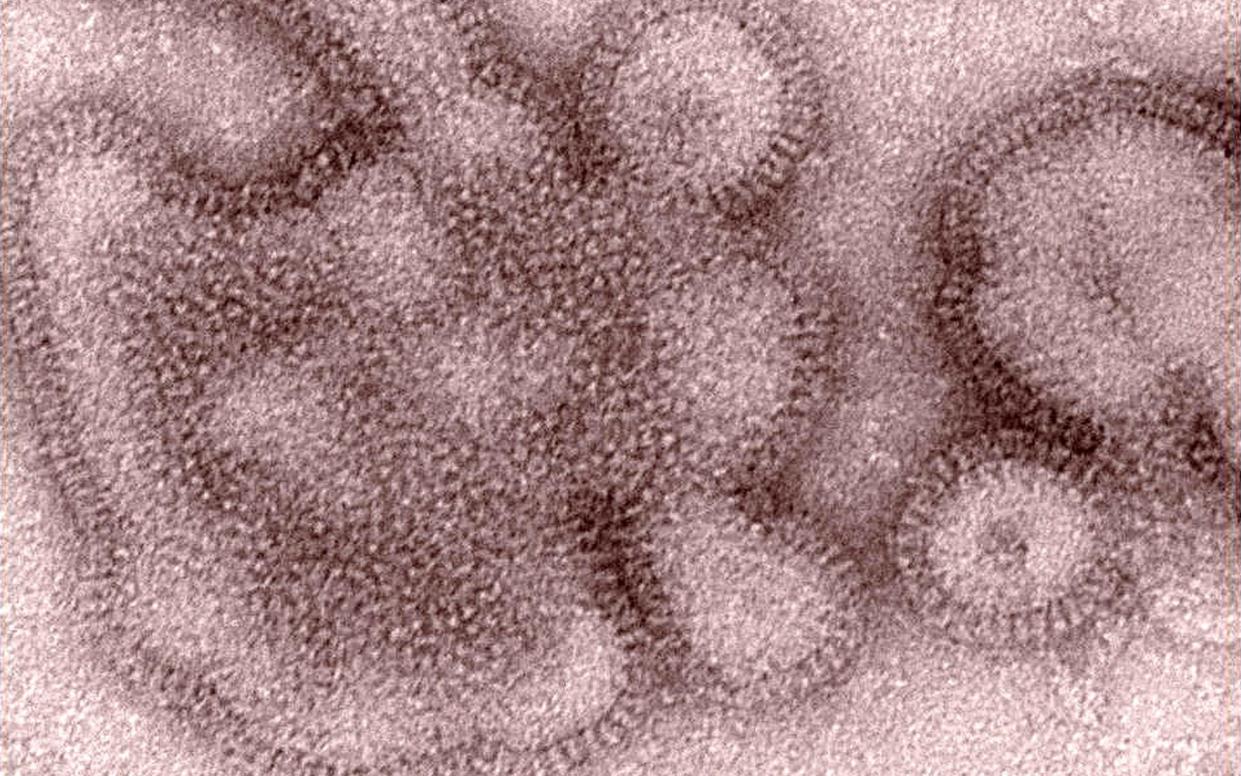Dog flu ‘creeping’ towards being able to infect humans, study warns

A “dog flu” virus descended from bird flu is creeping towards being able to infect people, scientists have warned.
A version of avian influenza called H3N2 first infected dogs around 2006. It has since established itself in canines and evolved to become a mammalian-adapted form of bird flu.
Bird flu is highly contagious and deadly among birds, but has never been shown to sustain transmission from person to person.
But scientists have long been concerned that if the avian influenza virus was able to establish itself in a mammal species, then it might go on to morph into a strain that can pass from mammal to mammal, including humans.
A study from bird flu specialists at the China Agricultural University analysed swabs from more than 4,000 dogs. It found the virus is now showing signs of being better able to recognise human cell receptors, as well as a heightened ability to replicate in human cells.
The team said dogs could be the stepping stone species bridging the significant anatomical gap between birds and people.
“Our results showed that canines may serve as intermediates for the adaptation of avian influenza viruses to humans,” the scientists wrote in their paper, published in the journal eLife.
Six dogs were deliberately infected with each of the six known dog flu strains of H3N2 in a lab and all were found to be only mildly unwell. The most severe symptoms were a fever, sneezing and coughing.
British experts said the study is well conducted and offers insight into the role pet dogs may play as a potential patient zero for a future “dog flu” outbreak.
‘Bird flu H3 strain has evolved’
Prof James Wood, head of the department of veterinary medicine at the University of Cambridge, told The Telegraph “it is pretty clear” the bird flu H3 strain has now evolved into a dog-specific virus.
“The changes in the canine virus apparently are making it better adapted to transmit within mammals, as you might expect after such a long period in dogs,” he said.
He added that this could be good news for the potential zoonotic infection of people as it has so far not spilled over into humans, but warned this could be because it has not yet reached the required mutation threshold.
“The virus does not seem to pose particularly worrying health threats to dogs - one might be more concerned about the longer term pandemic potential in other species such as humans,” said Prof Wood.
Prof Ian Jones, professor of virology at the University of Reading, told The Telegraph that the Chinese study provides evidence the virus is “creeping” towards being human-like.
“It’s a data-rich paper that surely shows that the most recent viruses (clade 5) are more adapted to mammals than was the original virus that made the leap from an avian,” he said.
“But some of this is just the virus settling down in the dog, so inevitably becoming mammalian virus-like.
“At the moment I judge this data warrants attention but that the case for a ‘threat’ is not clear.”

Prof Jones also said it was possible, with its array of current mutations, that the dog flu virus could go on to infect humans. There is as yet no evidence of this, or reported cases of this happening.
People lack immunity to the H3 family of influenza viruses, the study authors warned, saying antibodies from pre-existing flu jabs and influenza strains would not work against dog flu.
Prof Jones said this seems unlikely and that there may be some pre-existing protection against disease, even if not against infection, as was seen during the Covid pandemic.
The study only looked at the presence of dog flu in canines living in China, but Prof Wood said if throat swabs were taken from other dogs around the world, then he would expect it to be present globally.
“Other canine viruses have spread globally and it seems likely that this one may well have already done so too,” he said.
“So I don’t believe that screening for any dogs moving from the US, China or elsewhere would be proportionate based on the evidence in the paper.”
‘Enhanced surveillance necessary’
Both the authors and the independent scientists said it is too soon to bring in any restrictions on human-dog dyads, but said enhanced surveillance and testing would be a prudent move.
“Continuous surveillance coordinated with risk assessment for canine influenza viruses is necessary,” the Chinese scientists wrote in their paper.
Prof Jones said screening, quarantine and regular dog flu testing is not yet warranted by the threat revealed by the new paper.
However, he said: “It would be no bad thing if rapid tests for dog influenza were in time added to other current diagnostics.
“In some countries dog control would be impossible and in others socially difficult, think of bovine TB and badgers in the UK.
“I think the obvious thing is surveillance and an awareness in influenza reference centres of the dog adapted sequences so any human cases can be reported quickly.”

